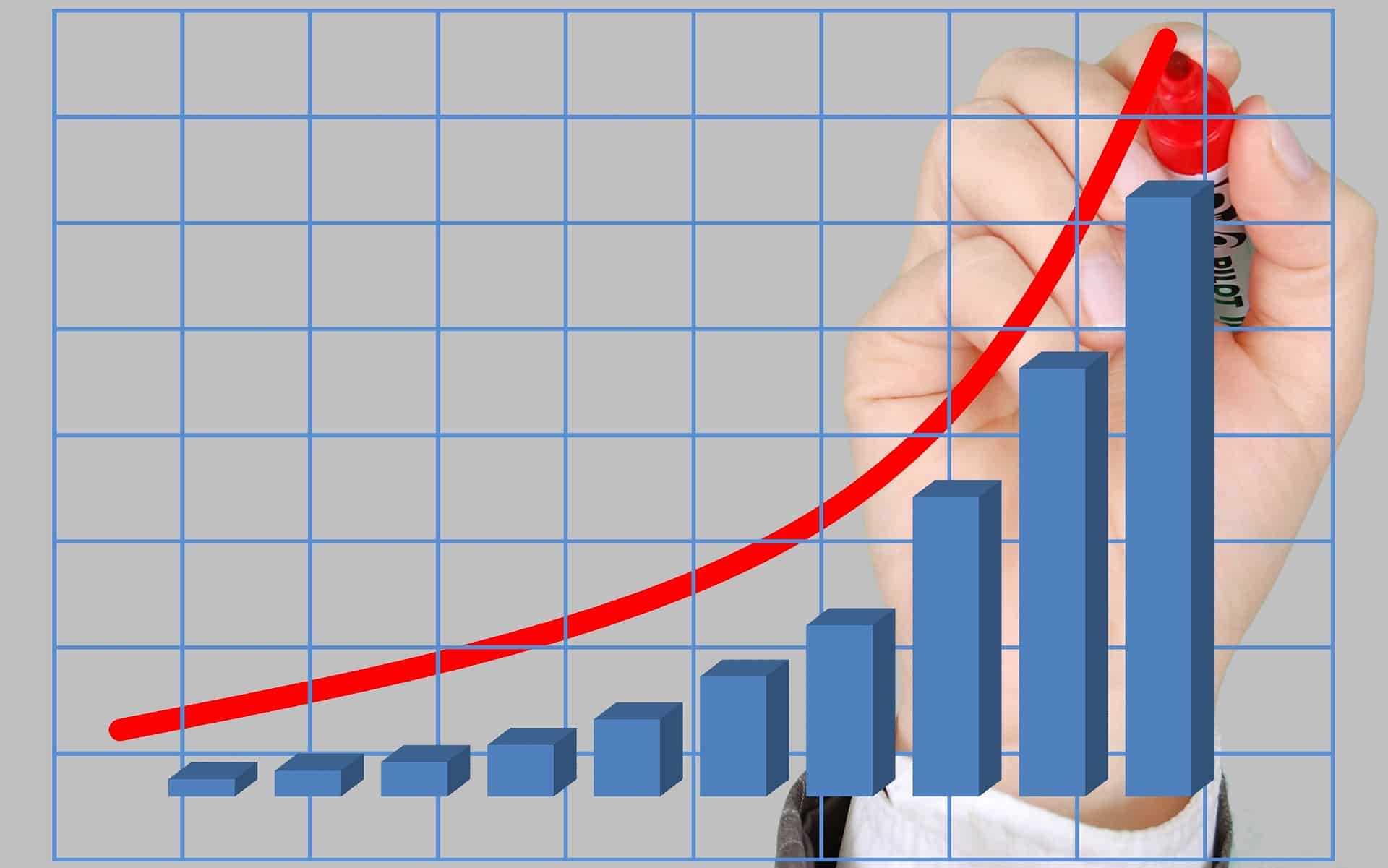Despite the November mid-term election, outcomes did little to alter farmer sentiment, according to the Purdue University/CME Group Ag Economy Barometer.
This month’s survey — conducted Nov. 14-18 following U.S. mid-term elections — had a reading of 102, remaining unchanged from October’s reading. The Current Conditions Index did see minor movement, coming in at 98, a three-point decrease from the previous month. The Future Expectations Index had a reading of 104, increasing two points.
“Even though sentiment remained relatively unchanged in November, producers are continuing to look at their bottom line,” said James Mintert, the barometer’s principal investigator and director of Purdue University’s Center for Commercial Agriculture. “Rising interest rates combined with high input and energy costs are creating a lot of uncertainty at the farm level.”
The Farm Financial Performance Index saw a 5% increase from October, yet still remains 14% lower than the reading from the same time period in 2021. While close to one-third of producers continue to share their concerns that financial performance on farm will fall from the year prior, just over two-thirds of producers anticipate their farm’s financial performance from 2022 to meet or exceed 2021’s.
The positive news has yet to balance out high input cost concerns for producers, as 42% of November’s survey participants cite that as their top concern going into 2023. More than one-fifth of participants chose rising interest rates as the concern at the forefront of their minds, while 14% chose input availability and declining commodity prices.
The Farm Capital Investment Index starkly decreased in November, hitting its record low of 31 and erasing gains from October. Almost 80% of participants suggested that now is a “bad time” to put down large investments for farm machinery. Of that 80%, 47% indicated their choice was due to “rising prices of farm machinery and new construction.” In contrast, only 10% of respondents chose that now is a “good time” for large investments.
In response to the sharp increase of energy prices this year, November’s survey asked producers about their responses to the rise in cost. Just over one-fourth of the participants revealed that they have made operational changes due to rising prices for energy. Of the producers that indicated changes, 33% shared a reduced tillage, 24% made a reduction in nitrogen rates and/or altered application timing, 11% expanded their use of no-till and 8% reduced crop drying.
Read the full report.
Related Articles:
Farmer Sentiment Continues to Fall According to the Ag Economy Barometer











